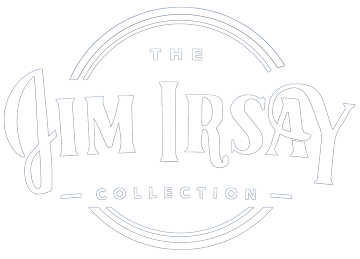1966 Rickenbacker 360/12 NS
Adolph Rickenbacher (later Anglicized to Rickenbacker) and George Beauchamp co-founded what later became the Rickenbacker guitar company in 1931 as the Ro-Pat-In Corporation (ElectRO-PATent-INnstruments). The company is credited as the first maker of electric guitars and were originally known for their steel guitars.
In the early 1930s, lap steel guitarist George Beauchamp created the first electric guitar pickup, which allowed for lap steel electrification and the removal of the resonance chamber. This innovation revolutionized the guitar world, making the lap steel guitar the first electric stringed instrument and allowing for the amplification of all guitar styles. In 1932, Rickenbacker began selling the first commercially available electric lap steel, the Electro A-22, also known as the “Frying Pan."
By the 1960s, the Rickenbacker designs had expanded into conventional electric guitars, and the brand's popularity was catapulted when John Lennon, George Harrison, and Paul McCartney of The Beatles began using their instruments. The Beatles spurred interest among other musicians, including John Fogerty (Creedence Clearwater Revival), Tom Petty, and Geddy Lee (Rush).
First sold in 1964, the Rickenbacker 360/12 was the 12-string equivalent of the famed 360 model. It was one of the first commercially available 12-string electric guitars. The guitar came in several finishes, but the Fireglo finish proved most popular.
The guitar’s popularity skyrocketed after George Harrison used a 360/12 during The Beatles’ 1964 film A Hard Days Night. The guitar is featured heavily on the song “I Call Your Name,” from The Beatles’ second album. Its jangly tone is credited to the 360/12’s smaller body style and the octave course of the second set of strings being higher than the traditional octave course of a guitar (most 12-string guitars have an octave course on the bass side of the guitar).



























